In a major, 248-page filing in federal court last Friday, the January 6 Committee revealed that it has evidence tying current members of Congress to both the violent insurrection at the Capitol and the “soft coup” conspiracy to overturn the election under the Eastman plan. The revelations have shaken Washington because they publicly disclosed, for the first time, the alleged Congressmembers’ names while revealing key witnesses and the gist of their testimony as well as electronic texts sent to and from Congressmembers. This is all likely to underscore the gravity of public hearings to begin this summer, which Rep. Jamie Raskin (D-MD) of the Committee recently claimed “will tell a story that will really blow the roof off the House.”
Specifically, the Committee revealed previously confidential testimony from Cassidy Hutchinson, a former White House advisor to Mark Meadows, placing several members of the Freedom Caucus and their allies in specific discussions during White House meetings leading up to January 6. They include at least the following members of Congress:
- Lauren Boebert (R-CO)
- Andy Biggs (R-AZ)
- Mo Brooks (R-AL)
- Matt Gaetz (R-FL)
- Louie Gohmert (R-TX)
- Paul Gosar (R-AZ)
- Marjorie Taylor Greene (R-GA)
- Jody Hice (R-GA)
- Jim Jordan (R-OH)
- Debbie Lesko (R-AZ)
- Scott Perry (R-PA)
Two key points were discussed by the alleged Congressional co-conspirators and the Trump White House: 1) The intentional use of the mob as a way to pressure Congress to overturn the election, and 2) the Eastman “soft coup” involving alternative slates of electors and an unconstitutional decree by then Vice President Mike Pence.
The Co-Conspirators Discussed Deploying the Mob on Congress
In a planning meeting on December 21, 2020 that included Meadows, Giuliani, and certain Freedom Caucus members and their allies, the group openly discussed the idea of encouraging Trump’s supporters to march to the Capitol from the Ellipse on January 6. Hutchinson testified that the current head of the Freedom Caucus, Rep. Perry, endorsed the idea, with no one voicing opposition (pp 45-46 of her testimony):
Q: Did Mr. Perry support the idea of sending people to the Capitol on January the 6th?
A: He did.
Q: Did anybody on the call that you remember disagree with the idea of encouraging people to march to the Capitol on January 6th?
A: Not that I recall.
Q: Do you remember anybody else on that call who specifically supported the idea of encouraging people to march to the Capitol on January 6th?
A: I don’t think there’s a participant on the call that had necessarily discouraged the idea.
Hutchinson did say she wasn’t there for the entirety of the call, so she cautioned that it’s possible others expressed disagreement later while she was not present. But she also testified that Meadows had stated “in casual conversation” that the plan was to march upon the Capitol and that people knew it. “Oh, we’re going to have this big rally,” she had heard Meadows say. “People are talking about it on social media. They’re going to go up to the Capitol.”
This advance knowledge by Meadows matters for two reasons.
First, this testimony contradicts claims by Meadows and Trump that they had never planned to involve the thousands of protestors at the Ellipse rally by having them march down to the Capitol, and that Trump’s call at the end of his speech for them to do so was simply an impromptu act. But Trump and Meadows were in those meetings with the Freedom Caucus members, and they were all openly discussing the plan back in December of 2020. Assuming Hutchinson is telling the truth—and there are likely corroborating witnesses and documents—Meadows and Trump are lying because they understand that a premeditated plan to use the rally-goers as fuel for the protest would tie the White House directly to a conspiracy to corruptly obstruct Congress’s electoral counting that day. And that’s a serious federal crime.
Second, the White House was on notice, according to Hutchinson, just days before January 6th that there actually could be violence at the Capitol. In fact, according to Hutchinson, a U.S. Secret Service Agent named Tony Ornato, who was on leave from the agency and serving as a deputy chief of staff for White House operations, passed along that specific warning to Mark Meadows. This is from page 38 of Hutchinson’s testimony:
Ms. Hutchinson: No, I don’t know if this is classified or not. I just remember Mr. Ornato coming in and saying that we had intel reports saying that there could potentially be violence on the 6th. And Mr. Meadows said: All right. Let’s talk about it.
And I believe they went to the office for maybe 5 minutes. It was very quick.
Mr. Ornato had stopped him as he was walking out one night to talk about this and-
BY MR.GEORGE:
Q: Can I stop you there, Ms.Hutchinson? When was that, if you recall, date-wise?
A: Had to be early January because Mr. Ornato was not--I don’t believe he came back until January 2nd or 3rd from Christmas.
It was Former Trump aide Stephanie Grisham who apparently recommended the Committee should talk to Ornato as a potential source of valuable information. The Committee has since been speaking to Ornato about what he knows, and the alleged co-conspirators are likely concerned about what he has disclosed already.
Two other rally organizers, Dustin Stockton and his fiancée, Jennifer L. Lawrence, have been cooperating with the Committee and also have given evidence that they were concerned a march to the Capitol that day would mean “possible danger.” Stockton’s “urgent concerns” were escalated to Meadows, according to the Committee.
Other rally planners, such as “Stop the Steal” organizer Ali Alexander and Infowars conspiracy peddler Alex Jones, also helped encourage people to move from the Ellipse to the Capitol. According to the New York Times, Alexander, at the request of aides to Trump, “left Trump’s speech before it was over and marched near the head of a crowd that was moving toward the building” while Jones “encouraged the crowd by shouting about 1776.” As I wrote about last week, Jones has now asked the Justice Department for a deal in which he would be interviewed in exchange for immunity from prosecution, and Alexander is cooperating with a federal grand jury to provide documents relating to the organizing of the rallies.
Trump’s Congressional Allies Were in on the Soft Coup Plot
To date, the six-point plot known as the Eastman plan existed primarily in written form with some understanding of who within the White House and Congress received copies of it. But merely receiving a copy of a plan is not the same thing as advocating for or advancing it. Hutchinson’s testimony makes clear that there were discussions quite early on specifically concerning one key part of the plan: using then Vice President Pence in some way to disrupt the electoral counting on January 6. Pages 72-73 of Hutchinson’s testimony illuminate this:
Q: Okay. And so when then -- just to clarify, when was the first time you remember, to use your phrase, the issue of strategic action the Vice President could take on January 6th coming up?
A: Again, potentially the end of November-early December.
Q: Do you remember the context in which it first came up that you recall? Was it a meeting, a phone call, chat during just office drop-ins?
A: I don’t recall specifically the very first time that I had heard about it. I remember general timeframe that I had -- I recall this happening was there were a couple meetings that Mr. Meadows had where meeting participants had come in prepared with information about ways that they think the Vice President could approach certifying the electoral college votes.
Hutchinson then named some names of individuals in the campaign and in Congress who had been involved in raising the idea of the Vice President doing anything other than just counting electoral votes on January the 6th:
Q: Who were those campaign officials or people who had been involved in the campaign?
A: Mr. Giuliani, Ms. Powell, Ms. Ellis. I’m trying to think specifically about the early stages of this -- stages of this. Those are the ones that I can immediately recall. Members of Congress: Mr. Perry, Mr. Jordan. Mr. Scott Perry, Mr. Jim Jordan. Those are the two that jump to my mind right now about being-- oh, Ms. Marjorie Taylor Greene and Lauren Boebert are the four Members that immediately jump out to me. Again, I’m trying to hone in specifically on the beginning stages of this, these conversations.
The Justice Department told Trump allies that the plan to use Vice President Pence on January 6 was “absurd.” In the filing the Committee revealed that Steven Engel, the former head of the Justice Department’s Office of Legal Counsel, weighed in on this question after Jeffrey Clark, whom Trump wanted to replace Jeffrey Rosen as acting attorney general, proposed the department issue an opinion supporting the Eastman idea. “And I shot down that idea,” Engel recalled. “But I said — I said: ‘That’s an absurd idea. The — you know, the Vice President is acting as the President of the Senate. It is not the role of the Department of Justice to provide legislative officials with legal advice on the scope of their duties.”
Meadows and the Freedom Caucus members were also actively discussing and assisting with another key part of the Eastman plan: false slates of electors submitted by Republicans in the swing states. Meadows received text messages and emails concerning this plan, which one Member of Congress acknowledged was ‘highly controversial’ and to which Meadows responded, ‘I love it.’ Meadows responded to a similar message by saying ‘Yes. Have a team on it.’ And in response to a summary of the Eastman plan sent by text by Rep. Jordan, Meadows replied “I have pushed for this.”
Meadows and members of Congress were also specifically advised by White House counsel that efforts to generate false certificates did not comply with the law. Hutchinson was also there for the moment where the “alternate electors” were discussed:
Q: And so, to be clear, did you hear the White House Counsel’s Office say that this plan to have alternate electors meet and cast votes for Donald Trump in States that he had lost was not legally sound?
A: Yes, sir.
As January 6 drew nearer, the plan around using the Vice President to upend the electoral count progressed as well. By the time of the fateful meeting on December 21, 2020, the members of the Freedom Caucus apparently were all-in on the plot. Hutchinson’s testimony again places members of Congress in on conversations around the Vice President exceeding his constitutionally prescribed role, on pp. 147-48:
Q: On that issue in particular, the Vice President’s role and what they thought it would be, what was it? What was the conversation like?
A: They felt that he had the authority to -- pardon me if my phrasing isn’t correct on this, but -- send votes back to the States or the electors back to the States, more along the lines of the Eastman theory.
Q: So Mr. Eastman said that the Vice President would have, among other things, the authority to count certain votes or to delay the certification and send votes --
A: Right.
Q: -- back to the States.
A: Okay. To send the votes back to the States, not the delegates or the electors, but, yes, send the votes back.
Q: Okay. And did both of those things, either the Vice President’s power to count or not count and also his power to send the votes back to the States, did they come up in that meeting on the 21st?
A: They did.
Q: And did anybody in that meeting disagree with the idea that the Vice President had the authority to do that, either of those options?
A: I don’t recall anybody speaking out and definitively expressing disagreement with that theory.
In an interview, Hugo Lowell of The Guardian, who has been covering the January 6 investigation extensively, summarized the importance of the December 21, 2020 White House meeting between Trump and his Congressional allies. The crux of the meeting was how they might stop the certification of Joe Biden on January 6. The White House already had been advised by its own counsel that efforts to violate the Electoral Count Act were unlawful, yet they pursued the Eastman strategy anyway. Hutchinson’s testimony meanwhile strongly implies that Trump in fact pre-meditated sending the Ellipse rally crowd to the Capitol, which his alleged co-conspirators believed would put maximum pressure on Congress and which the White House had been warned could turn violent.
Under the law, a conspiracy exists when two or more people agree to perform an illegal act and then take any action in furtherance of the plan. Each and every member of Congress and the former administration or Trump campaign who participated in the plot to 1) send the mob down to the Capitol to disrupt the electoral count, or 2) create and submit false slates of electors and then pressure the former vice president to overturn the election based on bogus claims of “alternate electors” is now facing the possibility of being swept into the conspiracy.
They had all better begin to lawyer up.

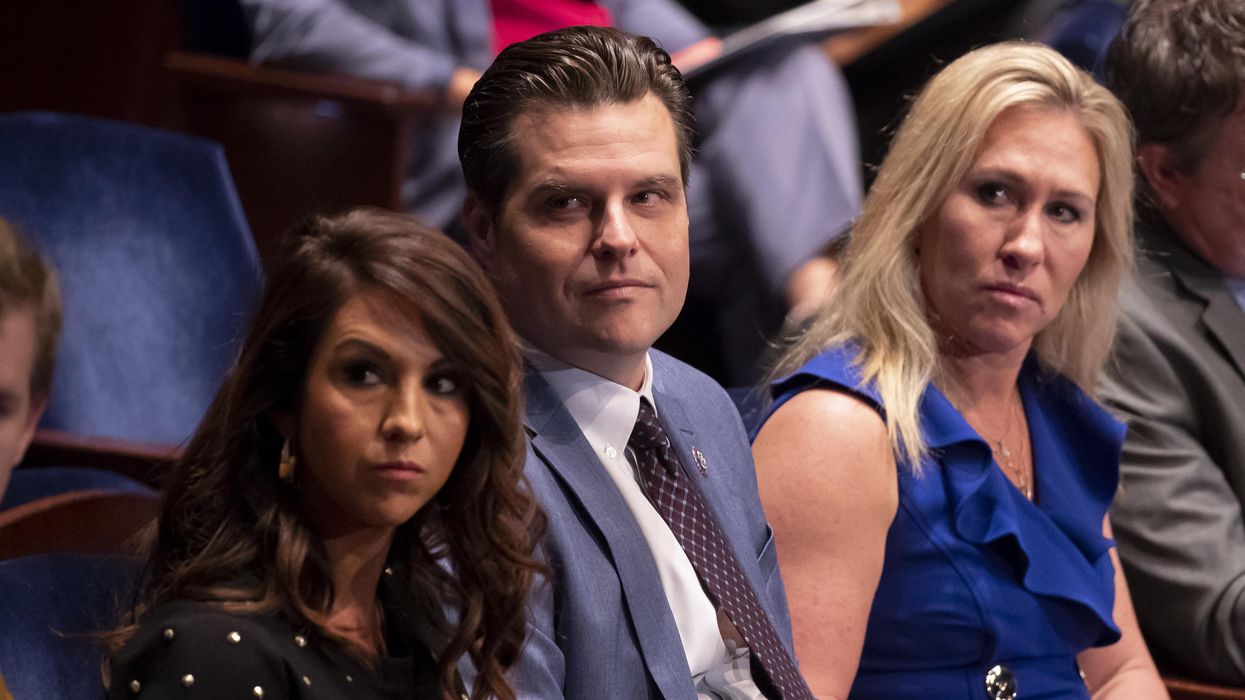
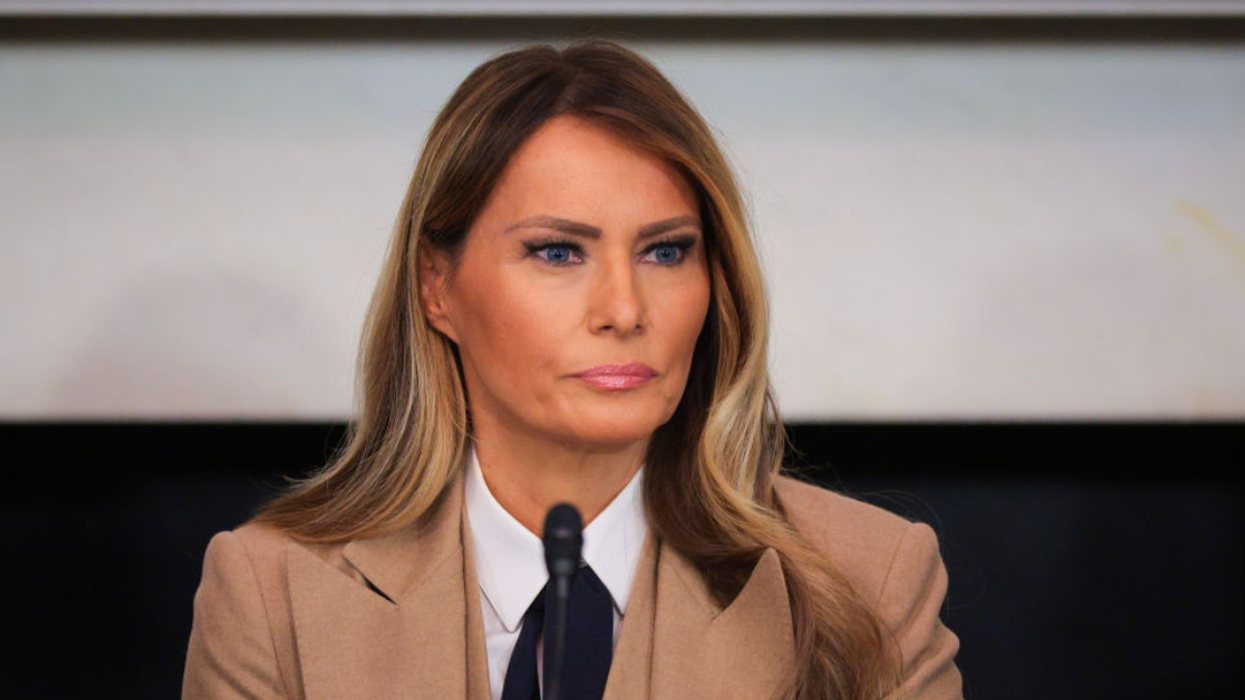
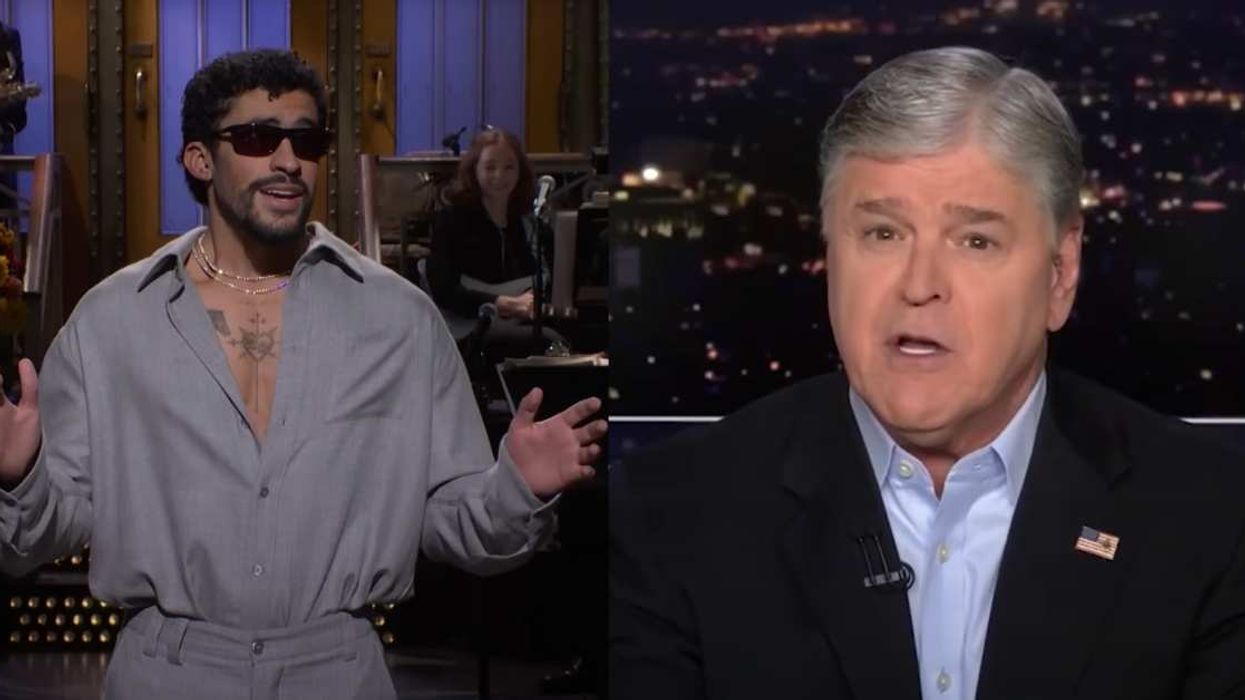

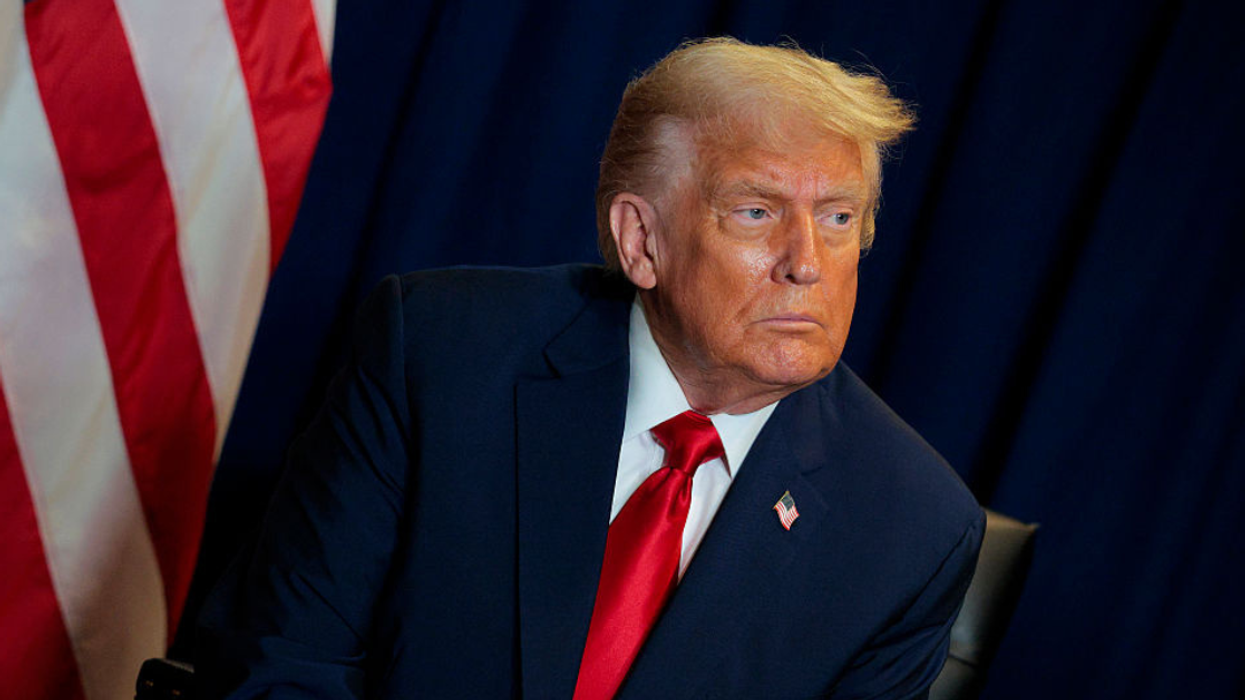
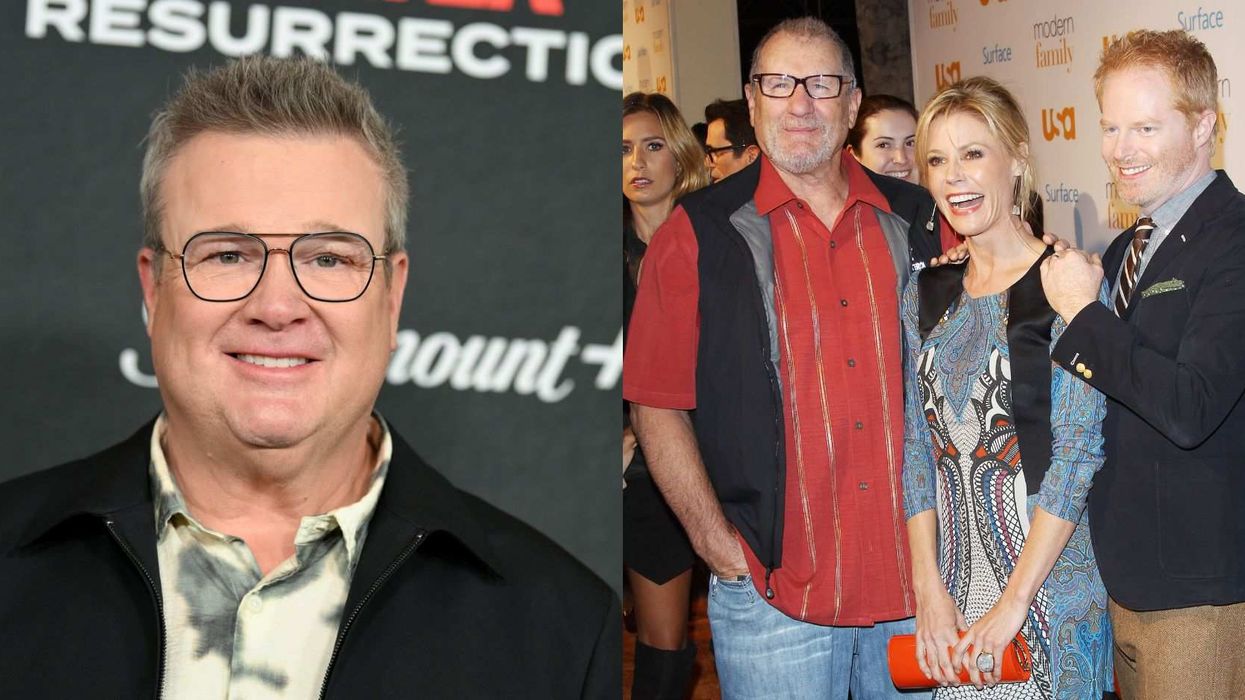
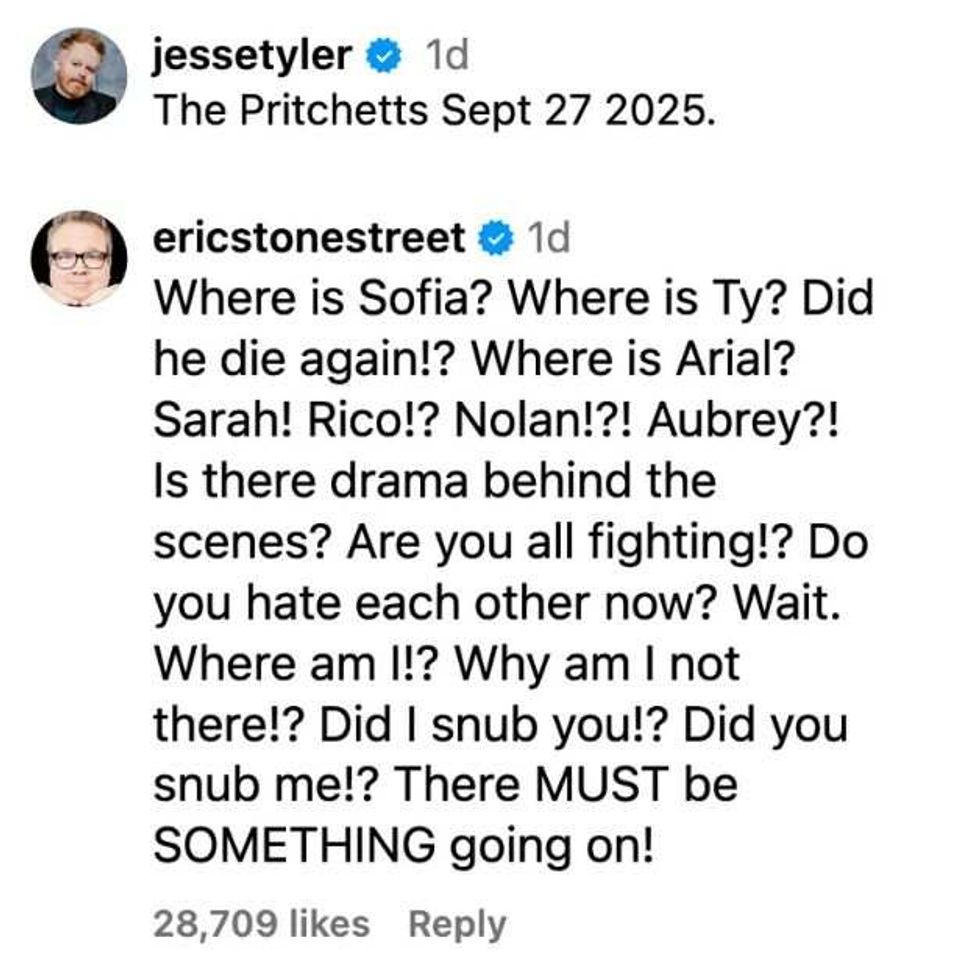 @jessetyler/Instagram
@jessetyler/Instagram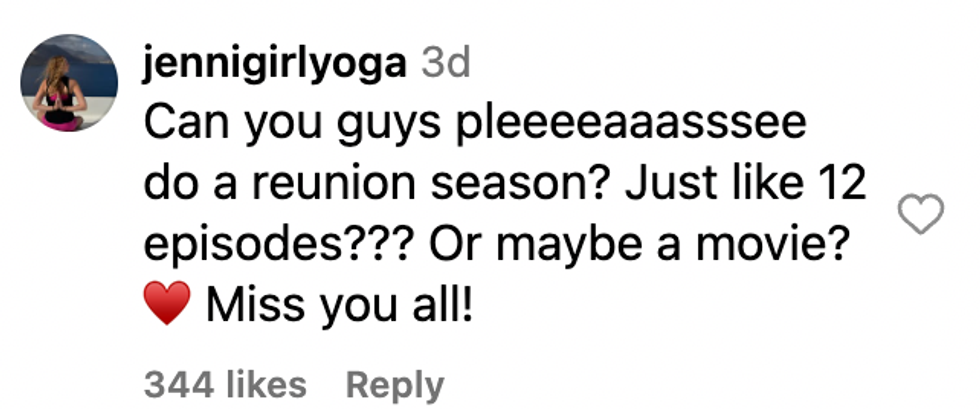 @
@ @traveling_gal_712/Instagram
@traveling_gal_712/Instagram @kamillaedwards/Instagram
@kamillaedwards/Instagram @pastrywithjenn/Instagram
@pastrywithjenn/Instagram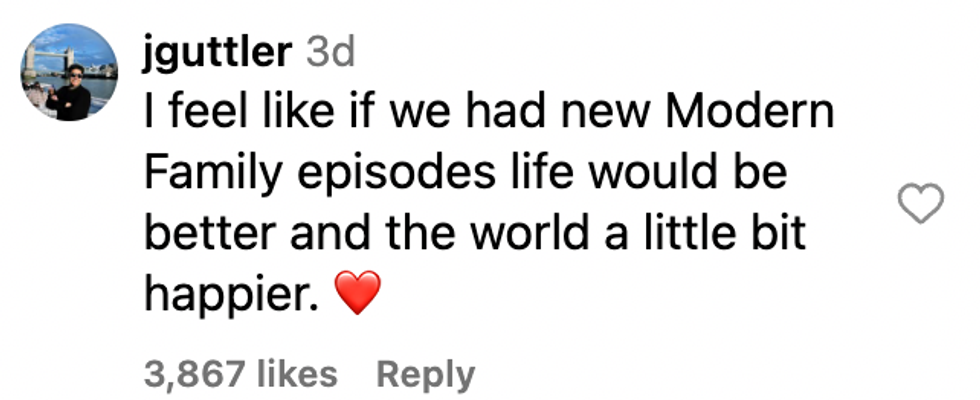 @jguttler/Instagram
@jguttler/Instagram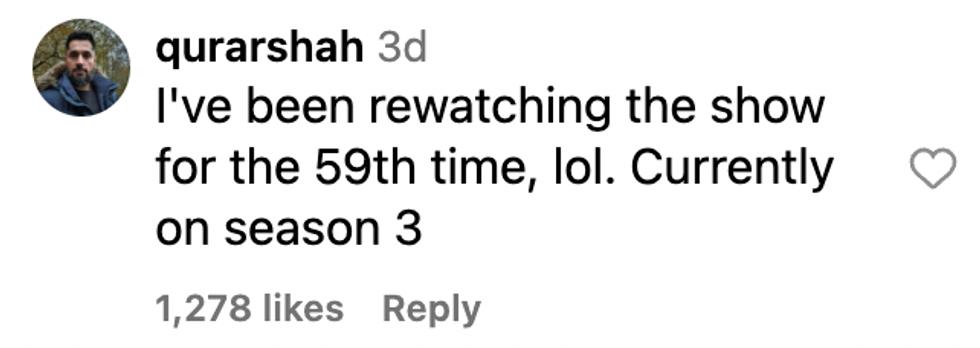 @qurarshah/Instagram
@qurarshah/Instagram @ruthbl921/Instagram
@ruthbl921/Instagram @acsanti/Instagram
@acsanti/Instagram @aulanirenee/Instagram
@aulanirenee/Instagram @x.seymaaa.x/Instagram
@x.seymaaa.x/Instagram @morganpiriou/Instagram
@morganpiriou/Instagram @modernfamily/Instagram
@modernfamily/Instagram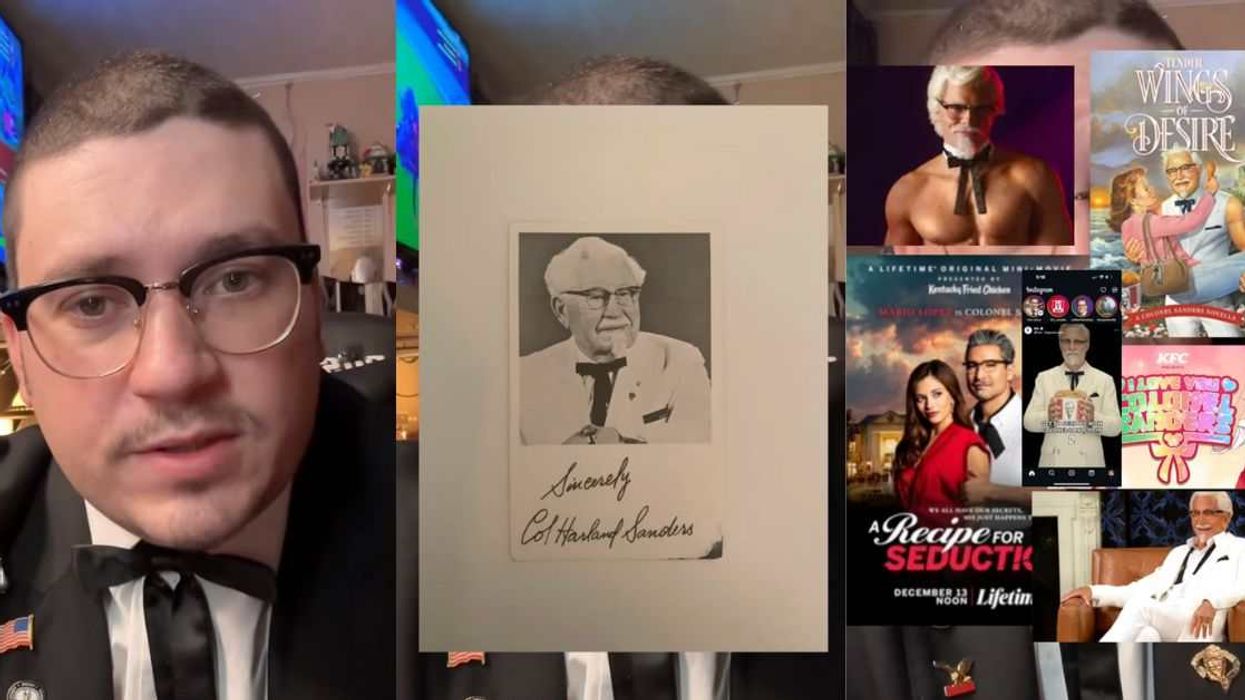
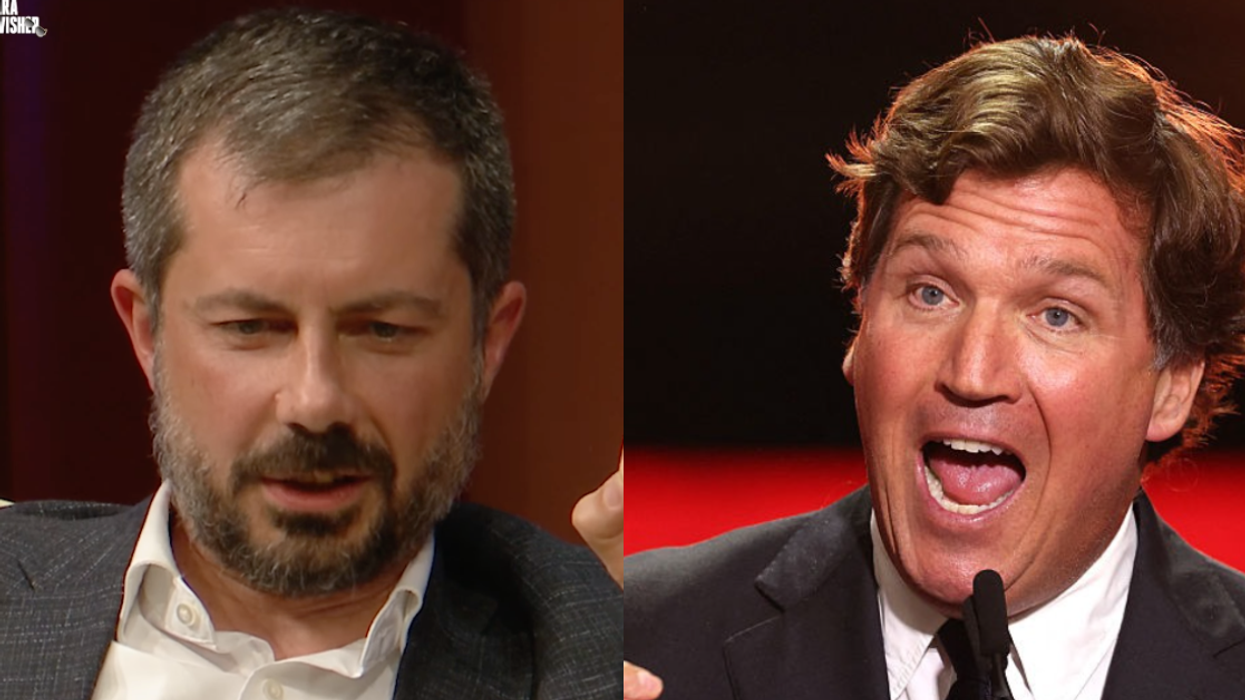
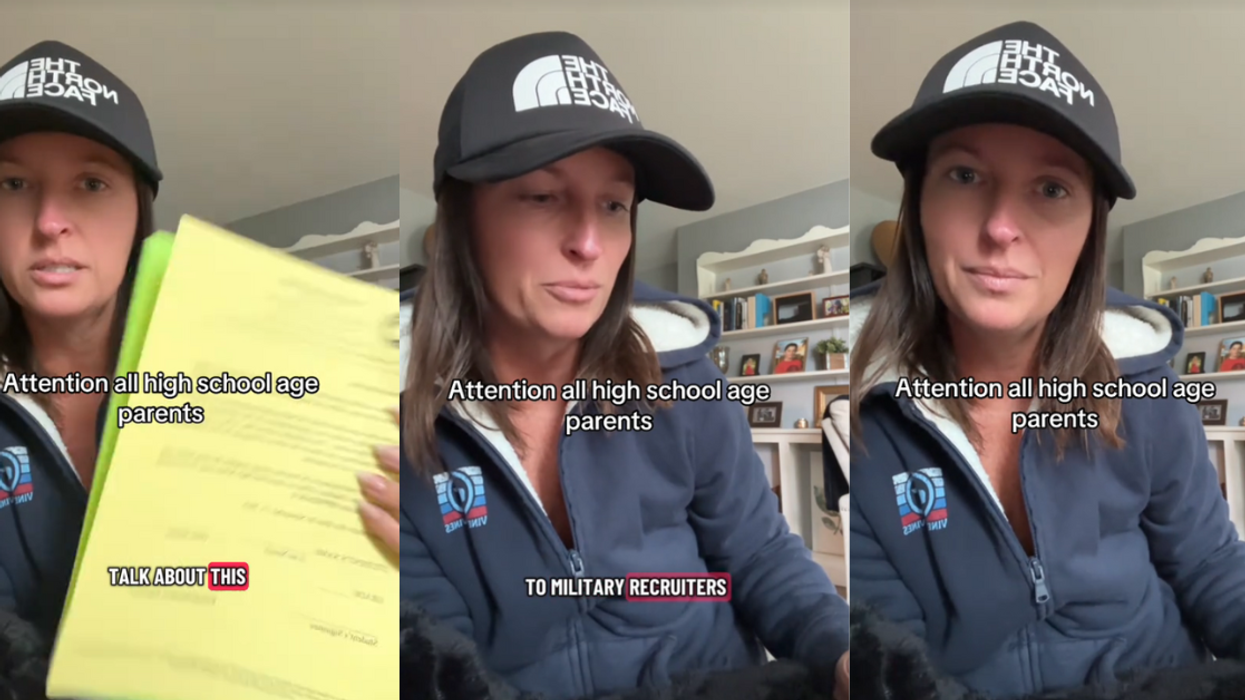
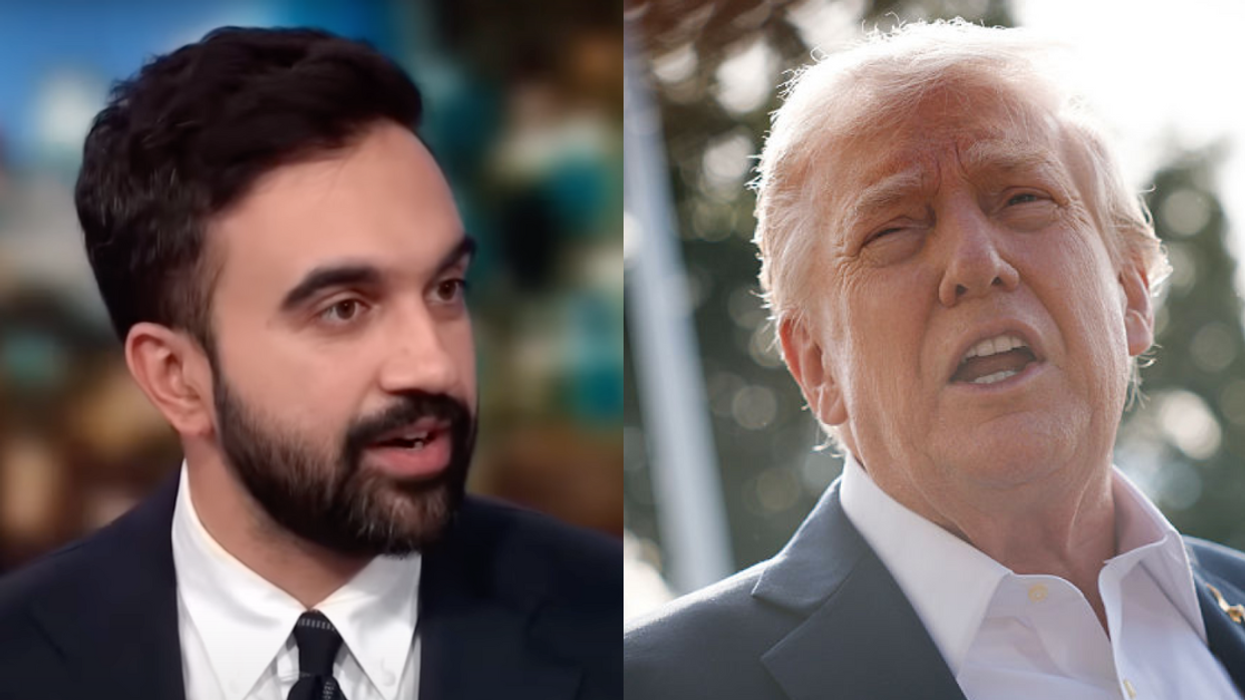
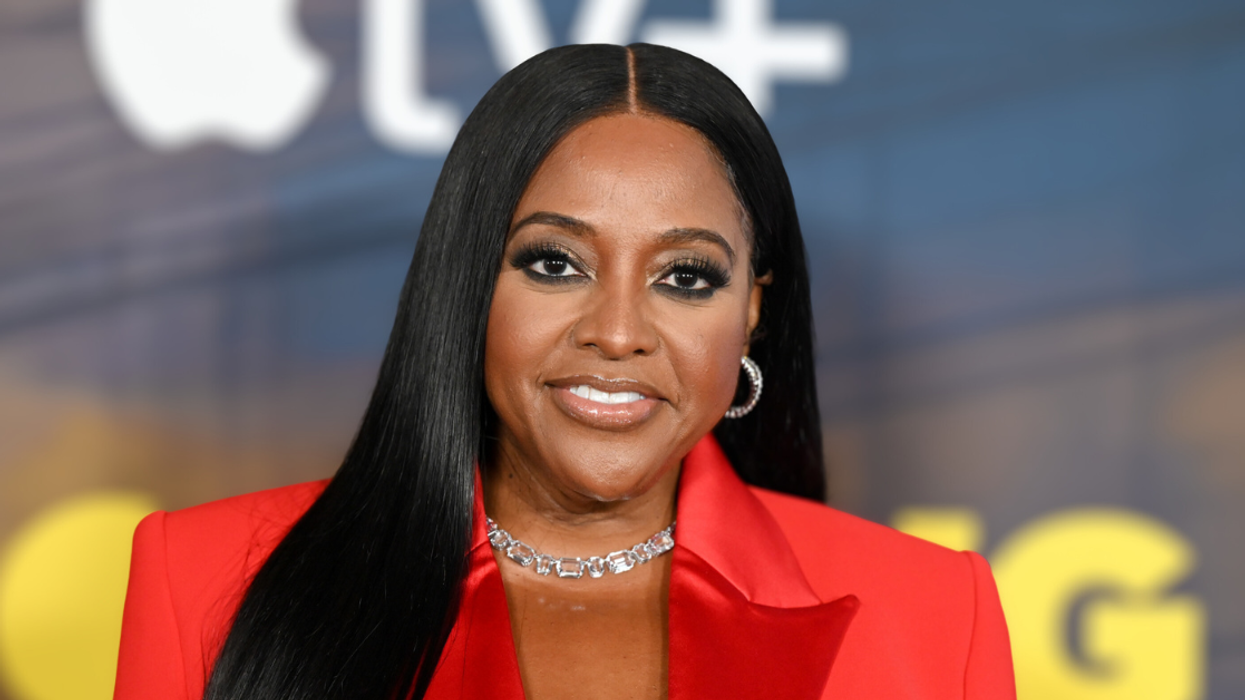

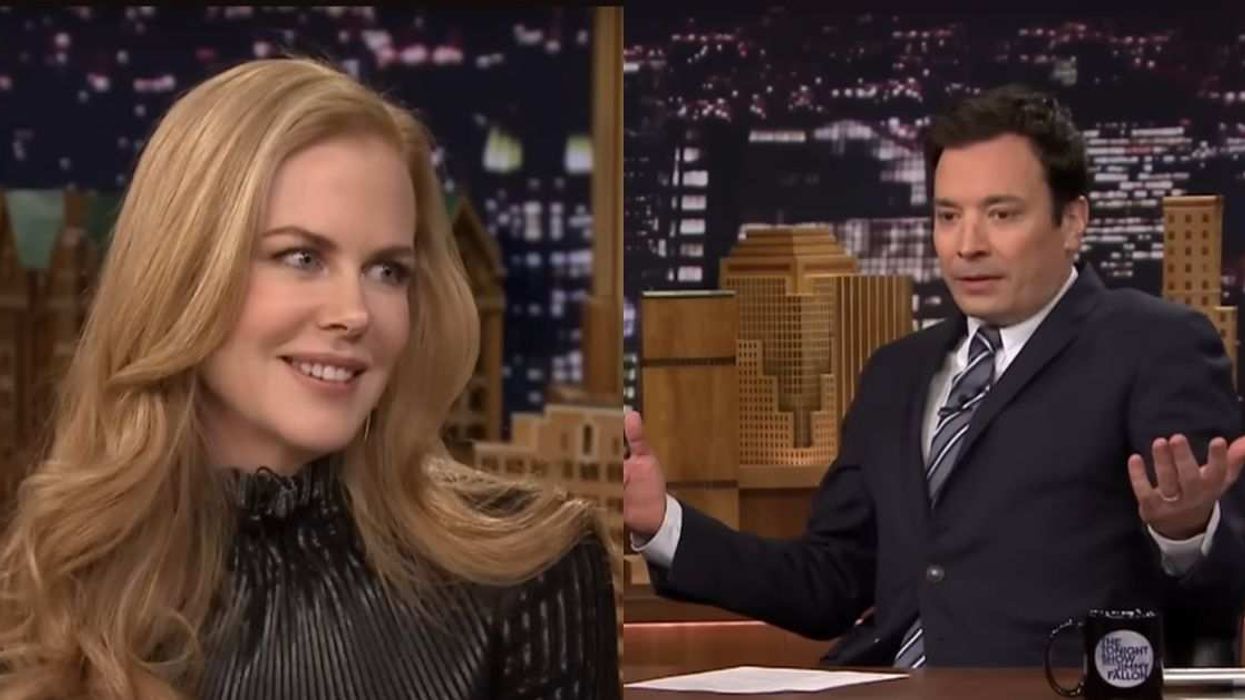
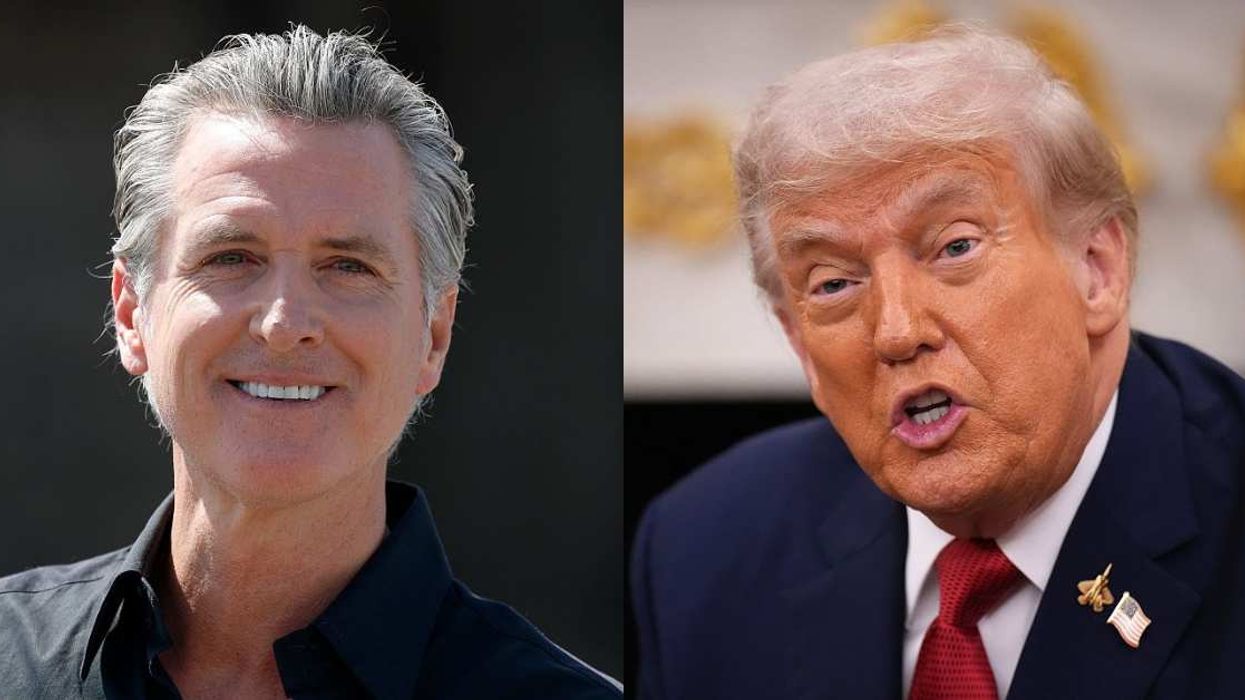
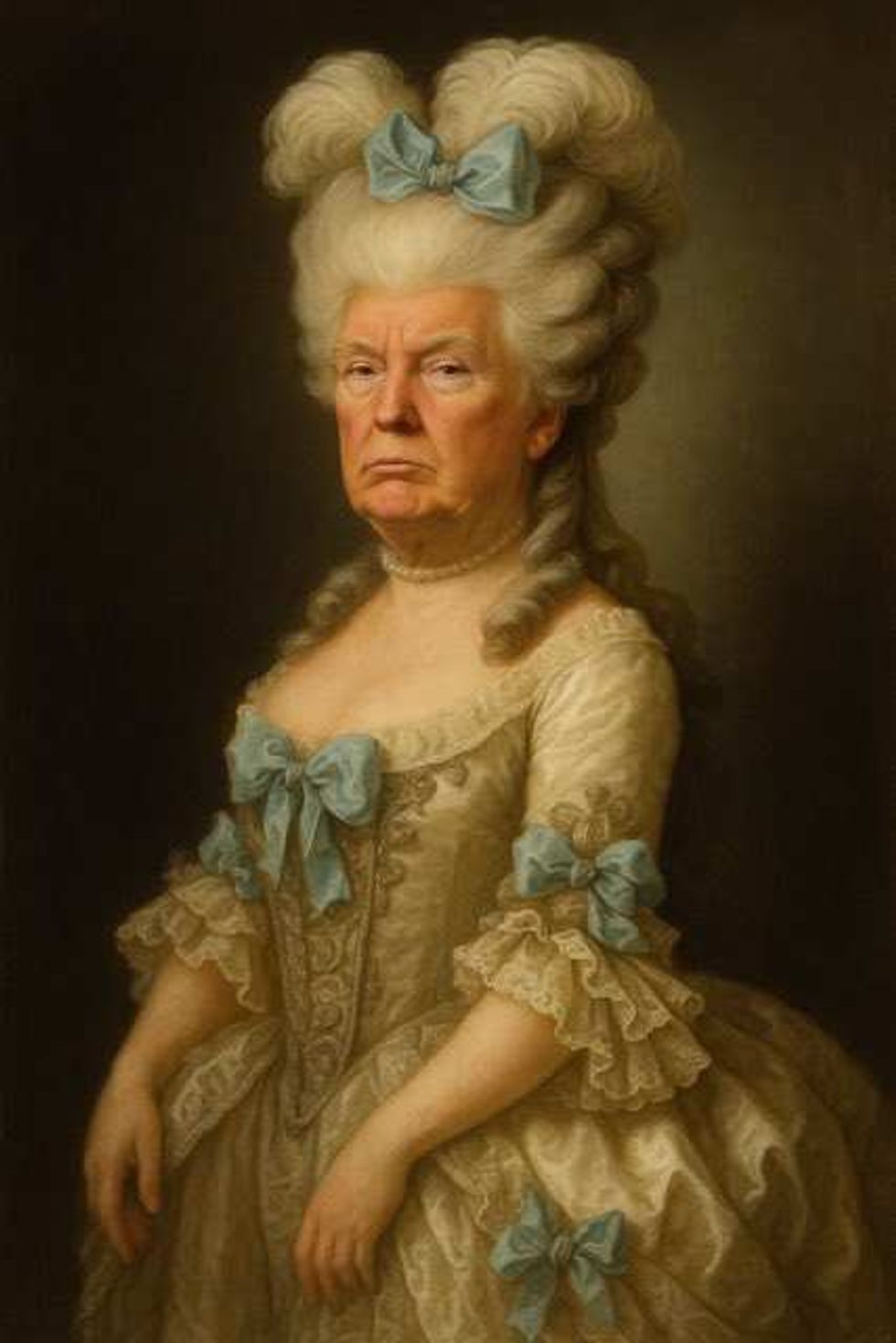 @GovPressOffice/X
@GovPressOffice/X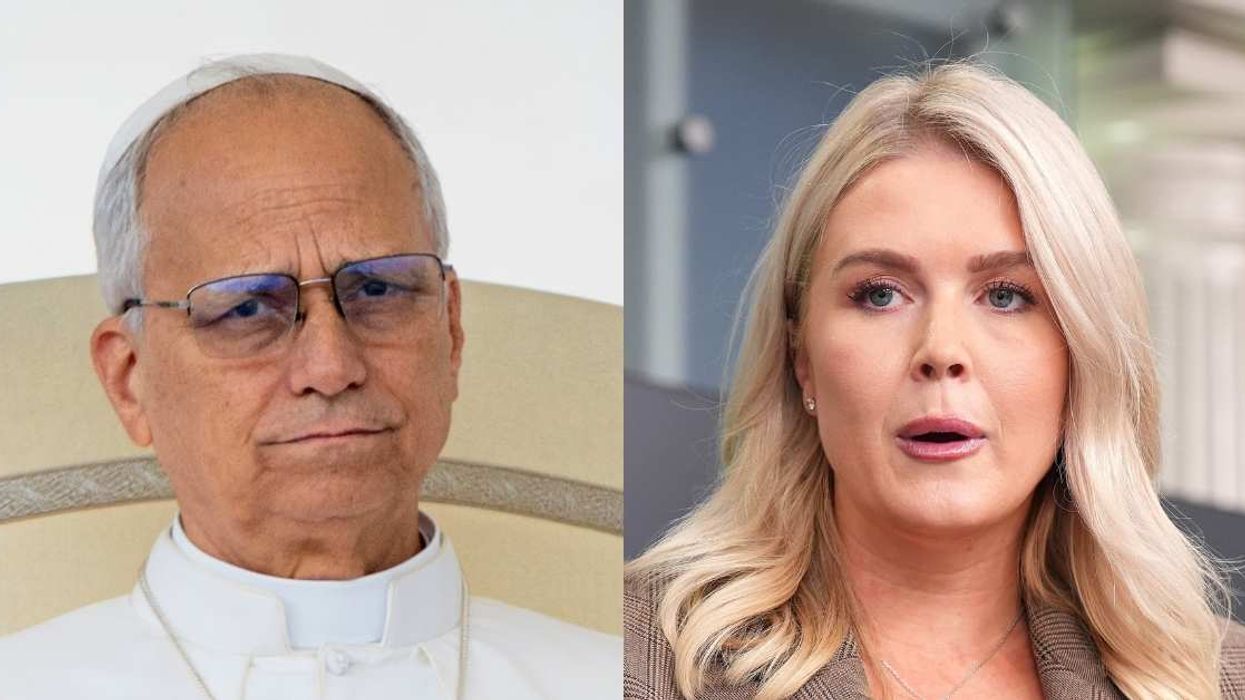
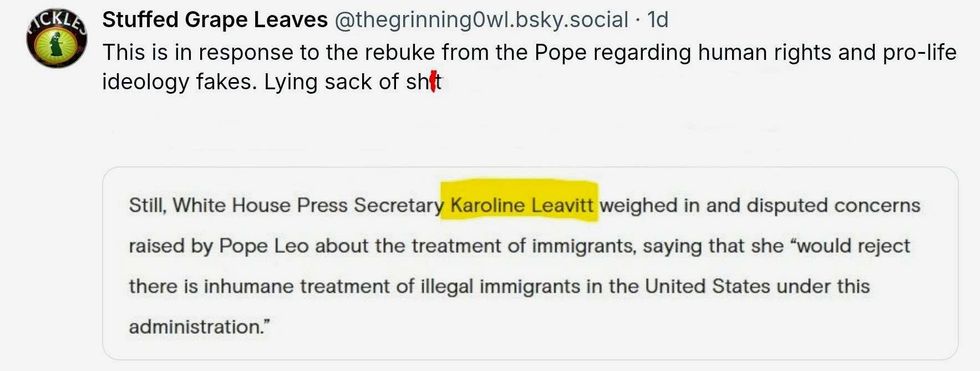 @thegrinningowl/Bluesky
@thegrinningowl/Bluesky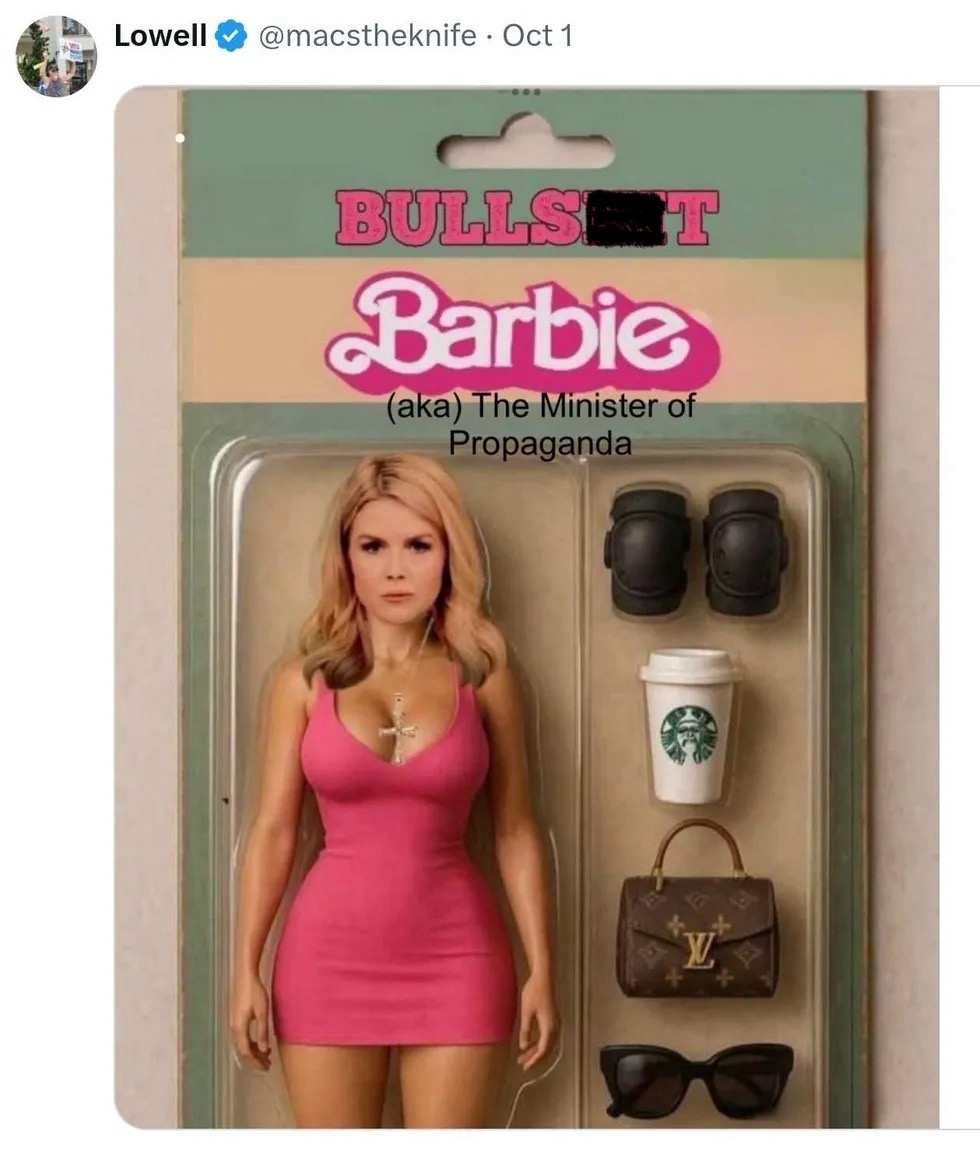 @macstheknife/X
@macstheknife/X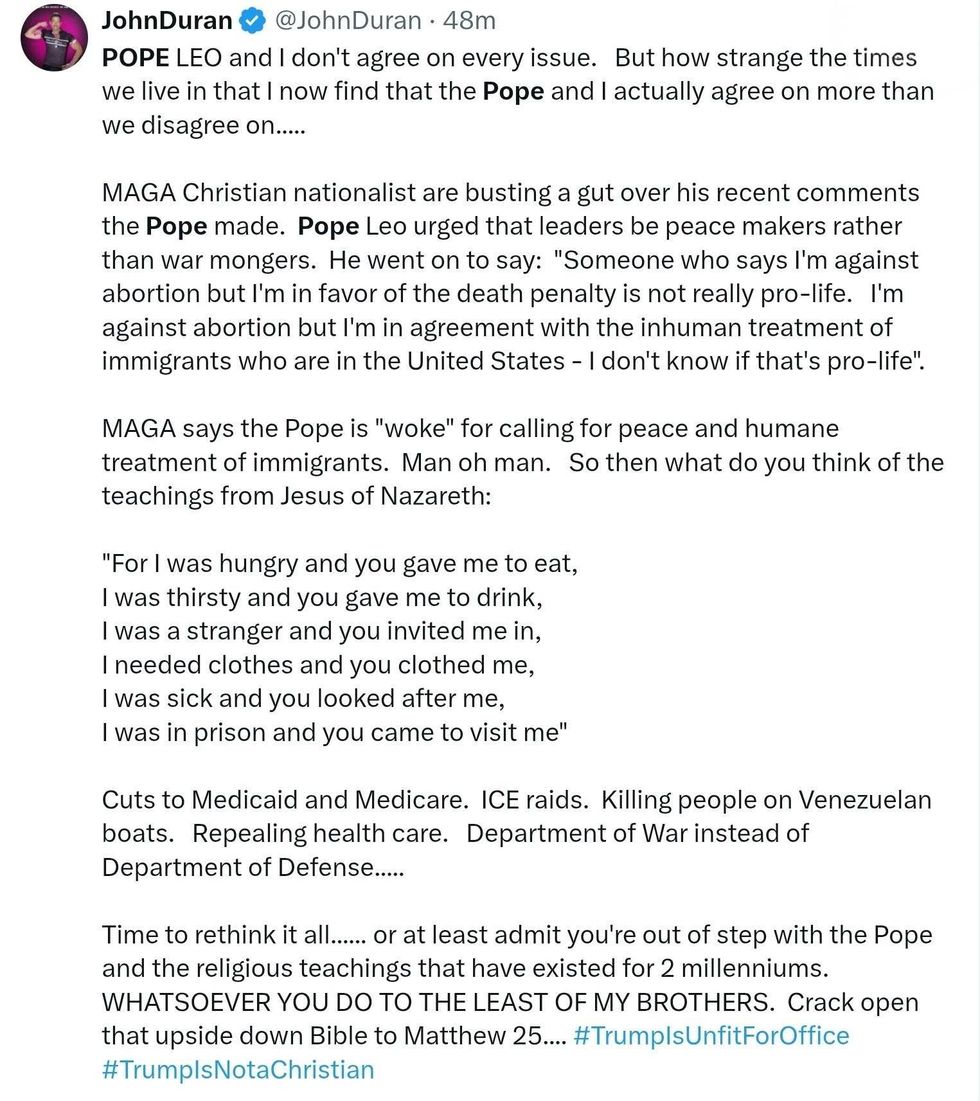 @JohnDuran/X
@JohnDuran/X